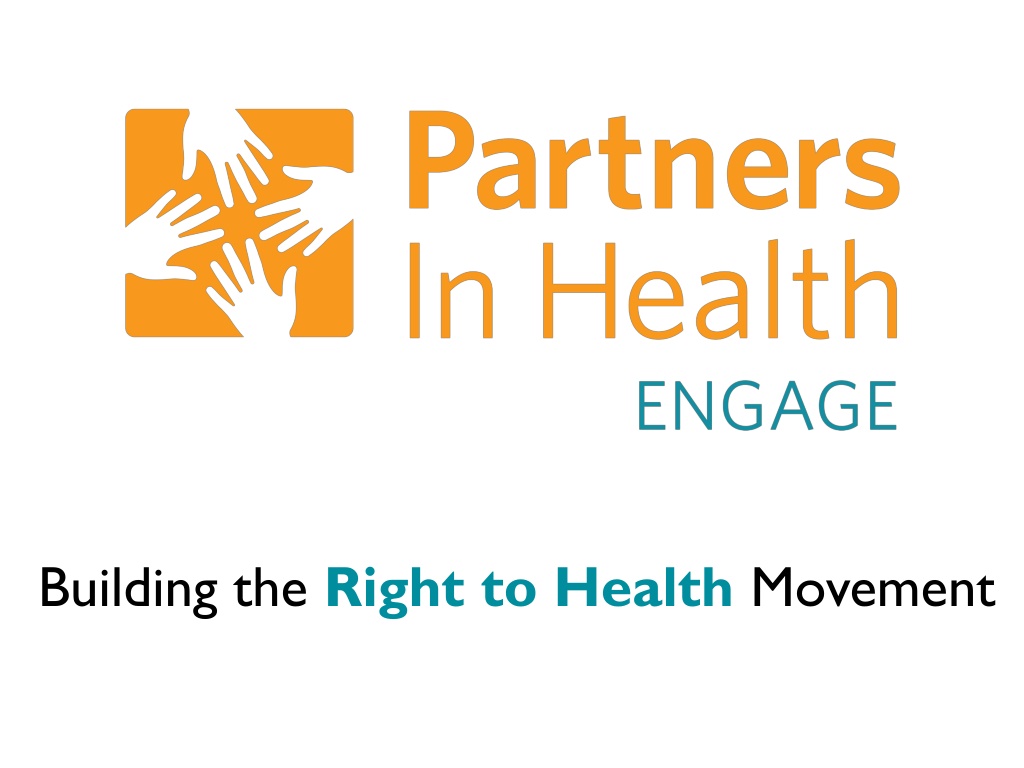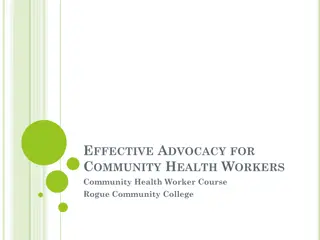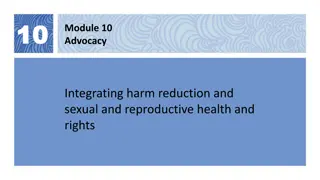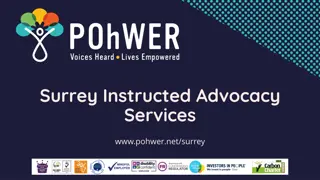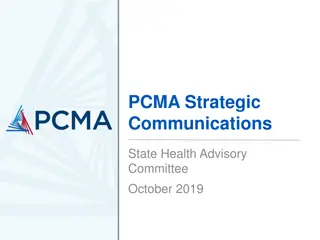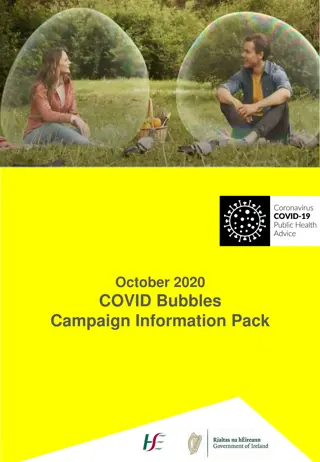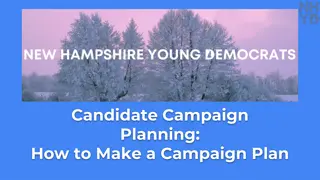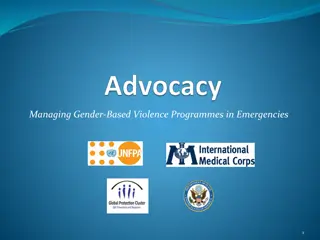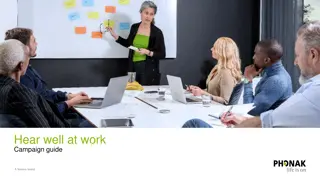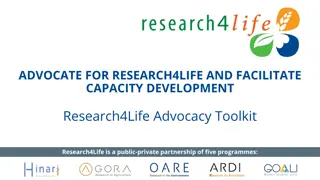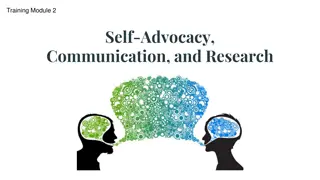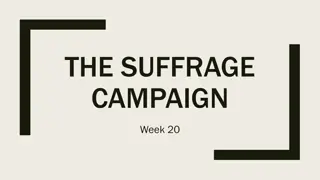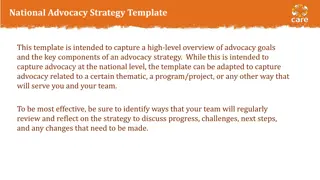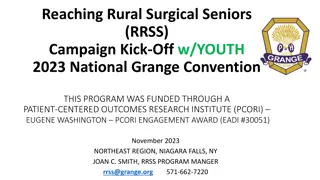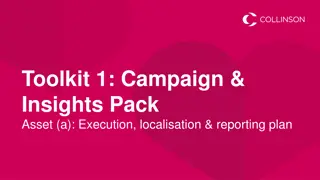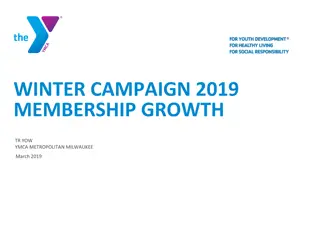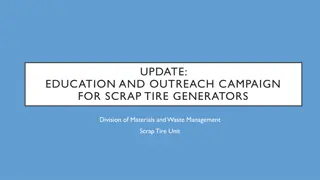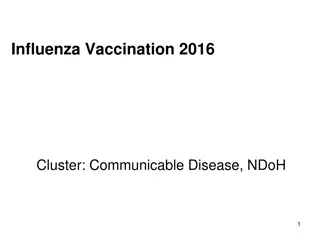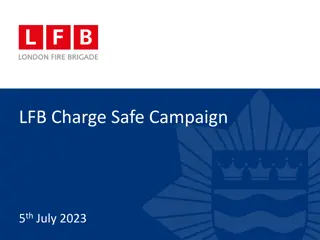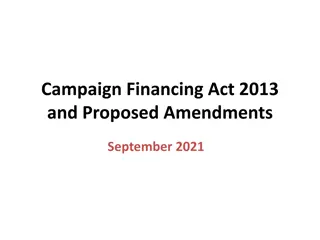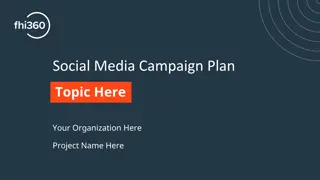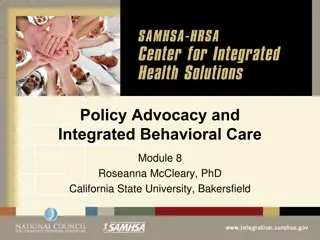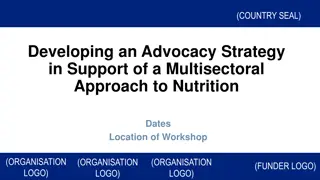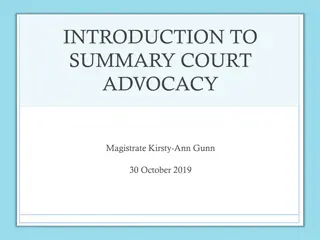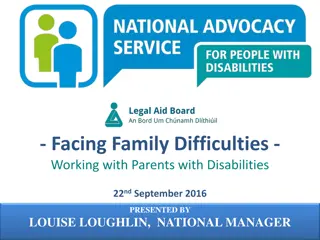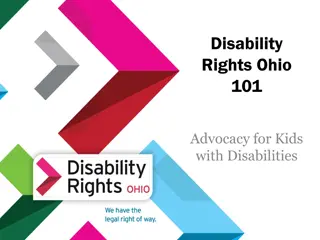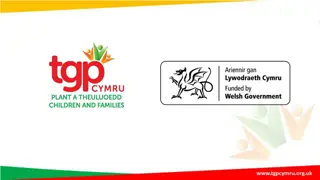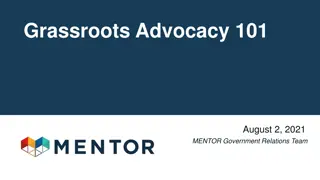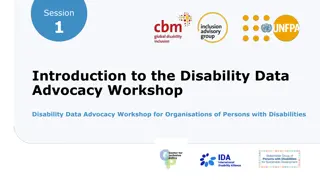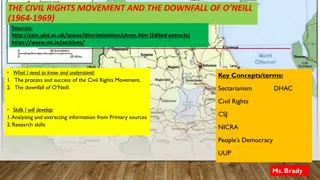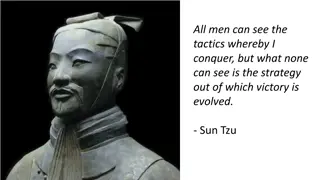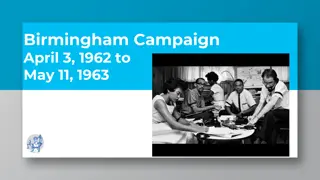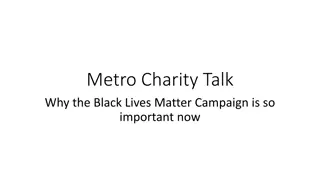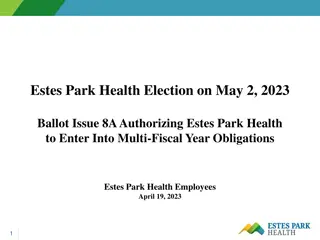Building the Right to Health Movement: Campaign Strategy and Advocacy Tools
Explore the comprehensive strategy behind building the right to health movement. Discover the power analysis of policymakers and effective advocacy tools like Champion Scale. Learn about campaign design, tactics, and engaging with policymakers to drive impactful change.
Download Presentation

Please find below an Image/Link to download the presentation.
The content on the website is provided AS IS for your information and personal use only. It may not be sold, licensed, or shared on other websites without obtaining consent from the author. Download presentation by click this link. If you encounter any issues during the download, it is possible that the publisher has removed the file from their server.
E N D
Presentation Transcript
Agenda Why Strategy? Power Analysis A walkthrough on tools The Champion Scale The Midwest Academy Strategy Chart
Why Strategy? Strategy: Campaign design paired with Power analysis. Tactics: The tasks our constituents and allies use to move our targets towards our goals.
Power Analysis Policymakers have diverse: Backgrounds Motivations Values Funders Different policymaker, different strategy: https://www.govtrack.us/ http://www.opensecrets.org/ http://votesmart.org/
Advocacy Tools Get familiar with our MoCs Speeches Press releases Opinion editorials News coverage Power Analysis Committee appointments/caucus membership History in politics Biggest donors
Champion Scale 4 Champion 3 Leader 2 Advocate 1 Supporter 0 Neutral/Uninformed -1 Opposed
Champion Scale 4 Champion 3 Leader 2 Advocate 1 Supporter 0 Neutral/Uninformed Believes the policy in question is a poor one -1 Opposed
Champion Scale 4 Champion 3 Leader 2 Advocate 1 Supporter Is uncertain why they should care, skeptical about issue, etc. 0 Neutral/Uninformed -1 Opposed
Champion Scale 4 Champion 3 Leader 2 Advocate Votes for legislation when it comes to the floor, shows other basic levels of support, etc. 1 Supporter 0 Neutral/Uninformed -1 Opposed
Champion Scale 4 Champion 3 Leader Encourages colleagues to support legislation, signs on to support letters, etc. 2 Advocate 1 Supporter 0 Neutral/Uninformed -1 Opposed
Champion Scale 4 Champion Introduces amendments, generates support, works with leadership, etc. 3 Leader 2 Advocate 1 Supporter 0 Neutral/Uninformed -1 Opposed
Champion Scale Authors legislation or sign-on letters, works with committee leadership, etc. 4 Champion 3 Leader 2 Advocate 1 Supporter 0 Neutral/Uninformed -1 Opposed
Champion Scale 4 Champion 3 Leader 2 Advocate 1 Supporter 0 Neutral/Uninformed -1 Opposed
The Strategy Chart Organizationa l Consideration s Resources Constituen cy Goals Targets Tactics People and groups we can interact with Members of Congress What we WIN How we gain power and win Goals from our Targets Organizational Gains Whom we win our Goals from Potential Conflicts
Strategy Chart Our constituents use tactics on target(s) to make the target(s) say yes to our goals in a way that builds and strengthens our organization.
The Strategy Chart Organizationa l Consideration s Constituen cy Goals Targets Tactics
Goals Goals: things you can win from someone. We accomplish various levels of goals to achieve social change.
Goals 1. List the long-term goals of our campaign 2. State the intermediate goals for this issue campaign. What constitutes victory? 3. What short term or partial victories can we win as a steps towards our intermediate goals?
Goals Goals should: 1) Win real improvements in people s lives 2) Give people a sense of their own power 3) Alter relations of power
Goals Which statement is a goal? 1) Get 20 new members through our campaign 2) Get our member of Congress to pledge support for a $500M increase in PEPFAR funding
Organizational Considerations 1.Resources: money, number of staff, facilities, reputation, etc. 2. Organizational Gains: ways in which the campaign strengthens your organization 3. Internal Problems: conflicts that can prevent success
Constituents, Allies and Opponents Identifying Constituents: Who cares about this issue? Who is on our side? Who isn t on our side, but could potentially be with outreach?
Constituents, Allies and Opponents Allies: won t join our group, but can still be partnered with. Who has power we need? Key constituency Key resources
Constituents, Allies and Opponents Opponents: people/ideologies against us Skeptical members of Congress Ideology Fiscal Austerity Competing interests & prioritities
Targets 1. Primary Targets Who has the power to give us what we want? What power do we have over them? 2. Secondary Targets Must be able to directly influence our primary target. What power do we have over them? (the secondary target)
Tactics 1. Tactics are how we win our goals from our targets (usually members of Congress). Tactics must be: In context Directed at a specific target Backed up by a specific form of power Flexible and creative Understood by members
Tactics Examples: Petitions Letters to the Editor or Opinion Editorials Phone calls and letter writing to our MoCs Turnout Events Face to face meetings We ll train you on tactics in more detail on upcoming Webinars!
The Strategy Chart Organizationa l Consideration s Constituen cy Goals Targets Tactics
